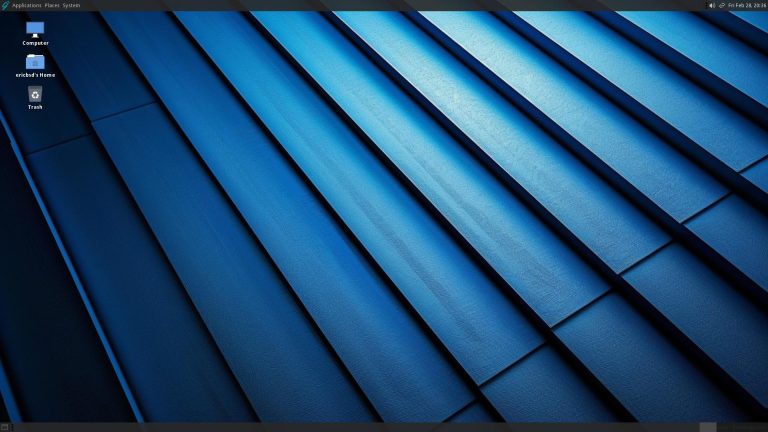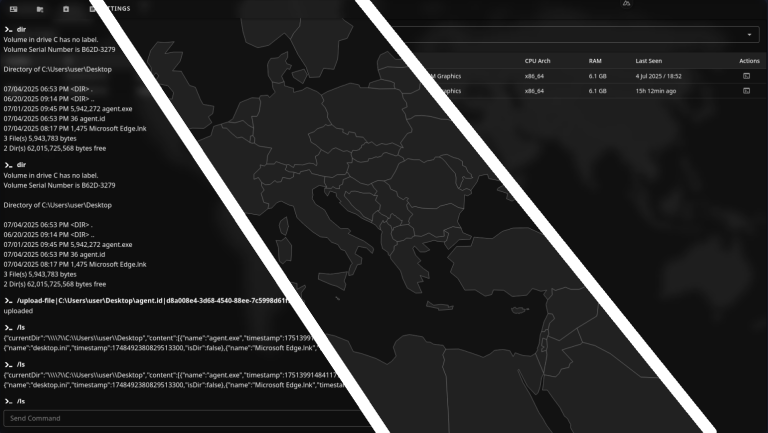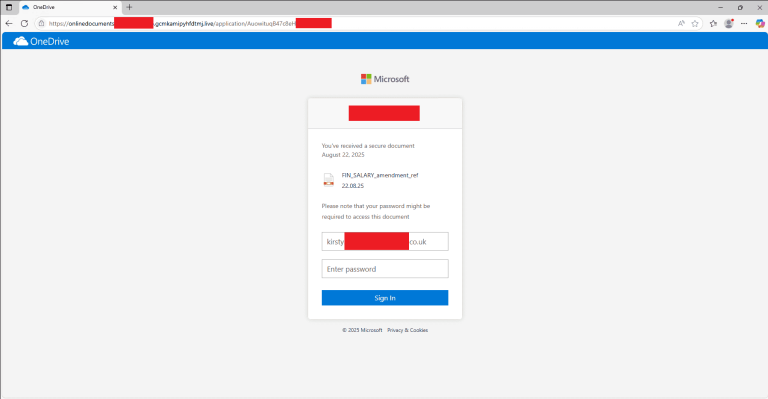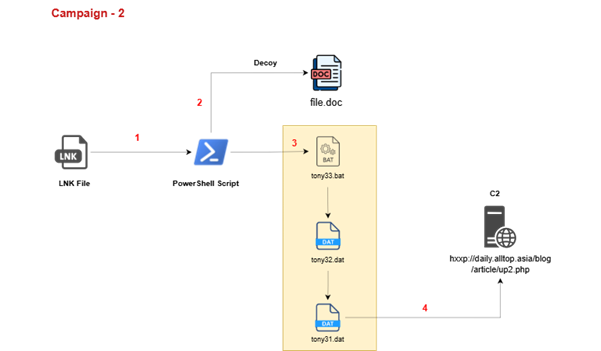
Intel has officially announced the discontinuation of Clear Linux—one of the most high-performing and innovative Linux distributions in recent years. This decision comes as part of the company’s broader cost-cutting initiative. Designed from the ground up for peak out-of-the-box performance on x86_64 architecture, Clear Linux earned a sterling reputation over the past decade, delivering exceptional benchmarks not only on Intel chips but also on AMD hardware.
The project has now reached its formal end. Intel confirmed the cessation of support for Clear Linux, including the termination of updates, security patches, and maintenance of its repositories. The project’s GitHub repository will be set to read-only mode. Users are strongly advised to migrate to another actively maintained Linux distribution to ensure continued security and system stability.
The company expressed gratitude to the developers and community members who contributed to the evolution of Clear Linux, while reiterating its ongoing commitment to the broader Linux ecosystem and continued support for other open-source initiatives.
This news comes as a heavy blow to the community. Years of speculation surrounding the potential closure of Clear Linux—driven by Intel’s internal restructuring—have now been confirmed. Throughout its lifecycle, Clear Linux served as a testing ground for cutting-edge optimizations: from profile-guided compilation and link-time optimization to deep kernel tuning and an innovative package management system. Some of these advancements have already been adopted by other projects like CachyOS, and Intel engineers remain engaged with major Linux distributions to help enhance their performance. However, the scale and depth of such collaboration remain uncertain.
This announcement also arrives amid a broader shake-up: several leading engineers involved in Linux drivers and other open-source efforts have recently departed Intel. One kernel driver has even been left without a maintainer. These developments are part of a sweeping wave of restructuring within Intel, affecting software developers as well.
The shutdown of Clear Linux is more than the end of a singular project. It marks a symbolic shift in Intel’s strategy—one that leaves less room for experimental and ambitious open-source ventures.






